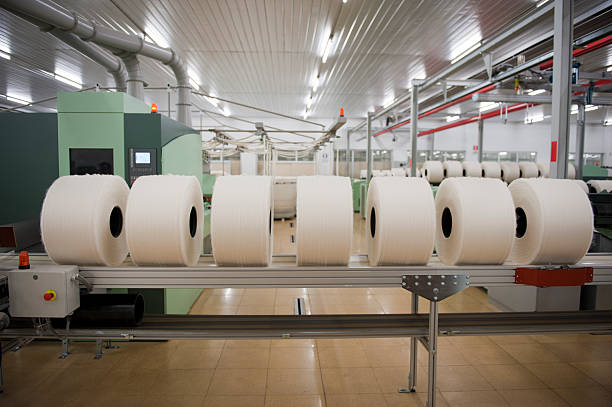
Thermal paper rolls serve as indispensable components in a multitude of everyday transactions, from printing receipts at retail stores to recording data in medical devices and ticketing systems. Despite their ubiquity, the intricate chemistry underpinning thermal paper remains a topic of intrigue and significance. A closer examination reveals the fascinating interplay of chemical reactions and materials that enable these rolls to produce high-resolution prints swiftly and efficiently.
At the heart of thermal paper roll lies a specialized coating comprising several key components. The primary active ingredient in this coating is a colorless dye, typically bisphenol A (BPA) or a related compound such as bisphenol S (BPS) or bisphenol F (BPF). These dyes possess a remarkable property: they undergo a reversible color change when exposed to heat, transitioning from colorless to dark in a matter of milliseconds. This phenomenon forms the basis of thermal printing, where controlled heating selectively activates the dye to produce visible marks on the paper.
Accompanying the dye is a combination of other constituents designed to enhance the performance and longevity of the thermal print. These may include sensitizers, which facilitate the color-changing process by accelerating the reaction kinetics, as well as stabilizers to ensure the durability and resistance of the printed image to environmental factors such as light, heat, and humidity. Additionally, binders and adhesives are incorporated to adhere the coating firmly to the paper substrate, ensuring uniform coverage and adhesion throughout the printing process.
The paper substrate itself plays a crucial role in thermal printing, providing a receptive surface for the coating while imparting mechanical strength and stability to the final product. Traditionally, thermal paper has been manufactured from wood pulp derived from virgin timber, but increasingly, manufacturers are turning to more sustainable alternatives such as recycled paper or paper sourced from responsibly managed forests. This shift reflects a broader commitment to environmental sustainability and conservation in the paper industry.
The printing process begins when the thermal paper passes over a thermal print head containing a multitude of tiny heating elements arranged in a precise pattern corresponding to the desired print resolution. As the print head selectively applies heat to specific regions of the paper, the dye coating undergoes a localized color change, resulting in the formation of text, images, or barcodes on the paper surface. The rapid heating and cooling cycles ensure swift printing with minimal energy consumption, making thermal printing an efficient and cost-effective technology for a wide range of applications.
In conclusion, the chemistry behind thermal paper rolls encompasses a delicate balance of materials and reactions tailored to deliver reliable and high-quality prints. From the thermally responsive dyes to the supportive paper substrate, each component plays a vital role in the printing process, culminating in the seamless production of receipts, labels, and other printed materials essential to modern commerce and industry. As technological advancements and environmental considerations continue to shape the landscape of thermal printing, further innovations in materials and processes promise to enhance the performance, sustainability, and versatility of thermal paper rolls in the years to come.